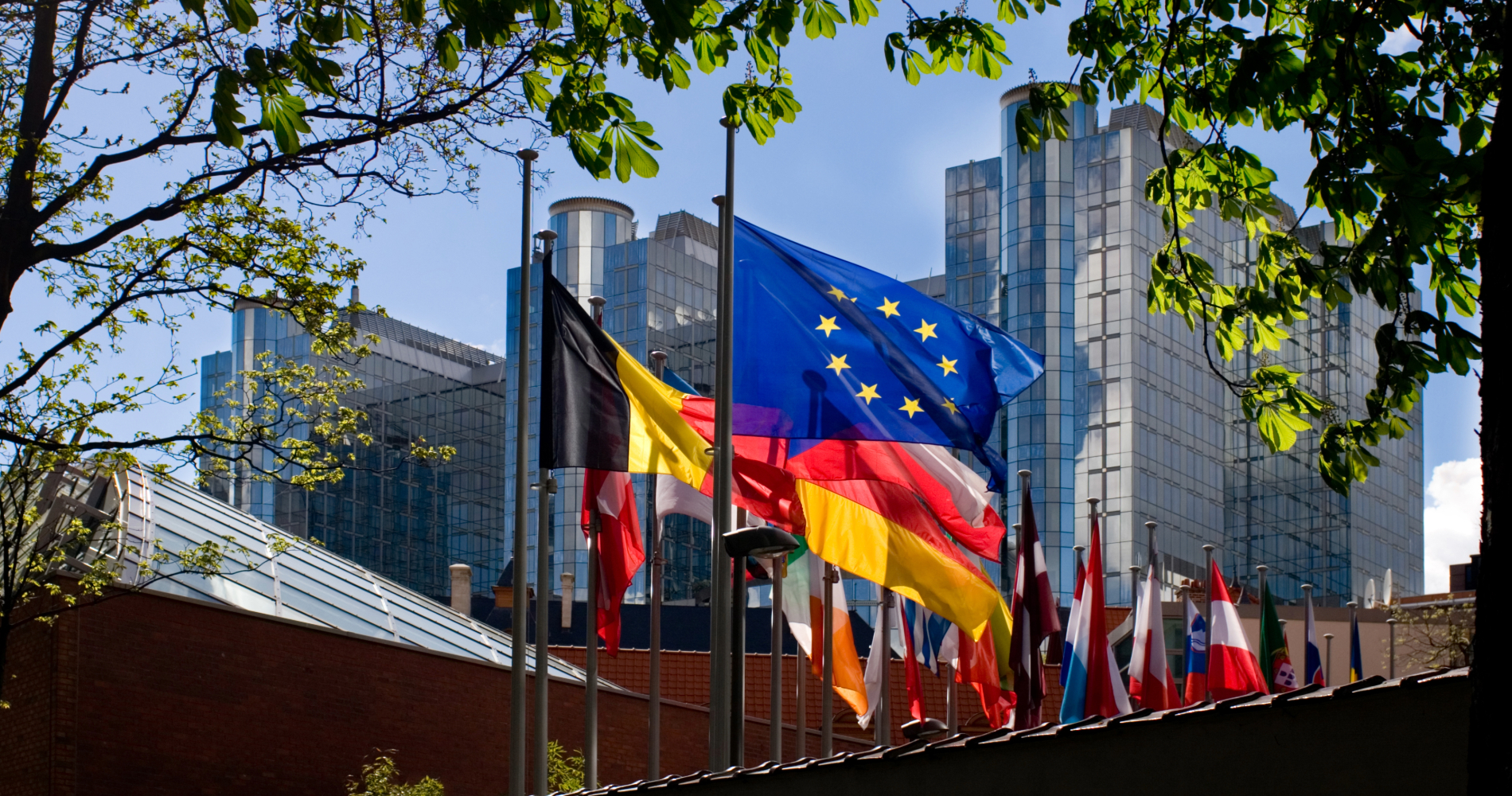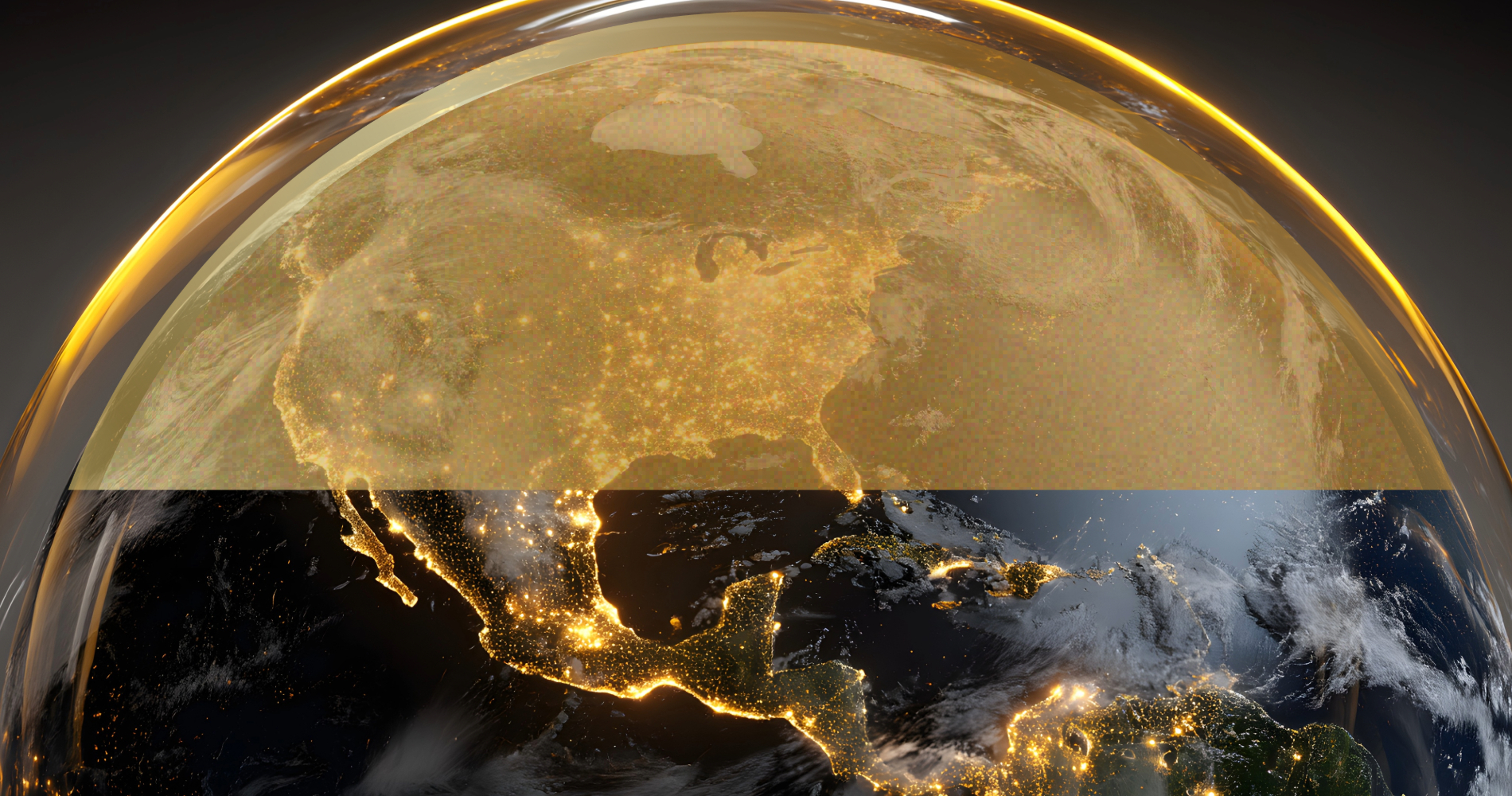Trump’s chaotic global tariff war, which has upended the international order, shows no sign of letting up. Presidents of the U.S. have long used trade as an instrument of power to assert economic and military dominance over the global economy. Trump however, does so against Canada and other allies—a vision driven by his pathological narcissistic view of the world, unrestrained by his sycophantic entourage.
Canada is seeking to reduce dependence on the U.S. by strengthening domestic production and defence capacity, and by forging economic diversification and security partnerships with allies—including with the 27-member European Union, Canada’s second-largest trading partner.
Canadians and Europeans have much in common. A large majority support retaliatory tariffs against the U.S.. Canadian and European citizens have boycotted U.S. goods and services, travel to the U.S., and Tesla products.
Trump warned he will impose additional tariffs on the European Union and Canada if they band together to “do economic harm” against the United States.
Trump’s threat to annex Canada is mirrored by his actions to take over Greenland by military force. A U.S. trip to Greenland led by Vice President JD Vance was scaled back after an uproar among Greenlanders and Danes. Political parties came together in a coalition government as a sign of unity in the face of U.S. threats to its sovereignty.
Canada is seeking to join Horizon Europe, a $100 billion scientific research program which facilitates collaboration and strengthens the impact of research and innovation related to global challenges like climate change.
Canada and the EU have established a Green Alliance to strengthen and align the their objectives on energy, climate action, research and innovation on climate and biodiversity financing.
With European cooperation, Canada could increase ownership of its digital systems—artificial intelligence and cyber tools—which U.S. companies currently largely own.
An Arctic shipping route to Europe for Canadian critical minerals, fertilizer, and agricultural products will become possible once the ongoing reconstruction of the railroad to the port of Churchill, Manitoba is completed. The Manitoba premier recently met with a delegation from the EU discussing opportunities to build their trade relationship. He noted that shipping routes from Hudson Bay to major ports in Europe are shorter than from many North American ports.
The organization, European Movement International, which has helped drive continental integration in Europe since 1948, has launched a “European Movement Canada” campaign to establish closer ties between Canada and Europe.
In order to do so, Canada would be required to strengthen its weak privacy and data protection laws in order to meet EU standards. Such a move would be a good thing on its own terms, in addition to opening the door to closer EU ties.
Canada also already has a free trade agreement with the EU. But while important in principle, the Canada-European Union Comprehensive Economic and Trade Agreement (CETA), partially in effect since 2017, contains major flaws and must be renegotiated. Notably, its Investment Court System (ICS)— a variation on investor-state dispute settlement (ISDS)— grants corporations the power to resist legislative mandates to reduce their carbon emissions.
According to a UN report, ISDS poses a “catastrophic” threat to climate mitigation and adaptation efforts and the achievement of human rights. It was removed from the renegotiated NAFTA. There is much opposition to ICS in Canada and Europe, and it should be removed from the agreement
It is, of course, highly unlikely that Canada could—or would even want to—join the EU, but it could pursue a close strategic partnership, inspired by the Norwegian or Swiss models.
Canada is in discussions with European officials to incorporate Canada into a defence production partnership enabling Canadian companies to bid for European defence contracts. Canada, in return, can provide Europe with critical minerals essential for weapons technology.
The Canadian government has paused its plan to purchase 88 U.S. F-35 fighter jets. It is contemplating buying EU defence equipment including Swedish fighter jets and possibly building some of them in Canada.
Canada and Europe need to collaborate on a joint security consensus to protect the Arctic from climate threats and military threats from the U.S. as well as Russia and China. Security collaboration takes on greater urgency since the North Atlantic Treaty Organization (NATO) would collapse if Trump follows through on his military threats against Canada and Greenland.
Trump and his billionaire backers have unleashed an earthquake. Financial markets are in turmoil. A global recession is likely. Canadian and European citizens are experiencing uncertainty regarding employment, affordability, security, and anxiety about the future.
Trump’s threats against the sovereignty of Canada and Greenland should be taken literally. Canada’s strategic assets—critical minerals, water, and more— and the Arctic territory are very much on his radar. In the words of Timothy Snyder—who has recently relocated from his tenured position at Yale University to the University of Toronto—“The imperialist rhetoric has to be seen for what it is, which is preparation not just for trade war but for war itself.”


